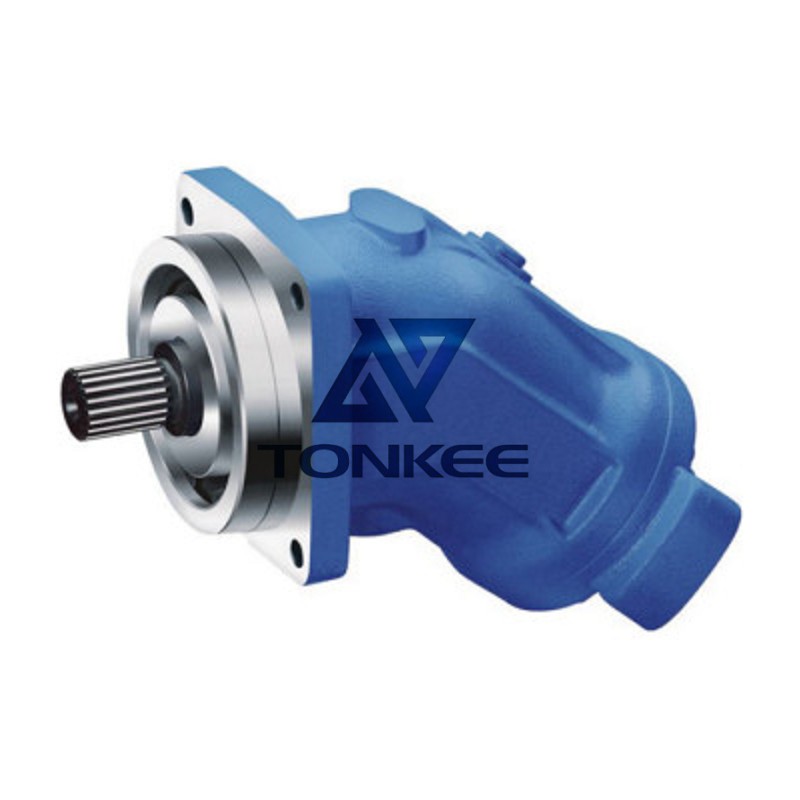
The A2FM80/61W-VPB020 is a member of the A2FM series, which is produced by a reputable hydraulic equipment manufacturer.
It boasts a displacement volume of 61 cc per revolution and is designed for applications requiring medium to high power output.
One of the standout features of the A2FM80/61W-VPB020 is its variable displacement capability. This motor can adjust its displacement volume based on the hydraulic load, resulting in efficient power utilization and improved energy savings. This flexibility allows for precise control over the motor's output, ensuring optimal performance and efficiency.
The axial piston technology employed by the A2FM80/61W-VPB020 utilizes a circular arrangement of pistons around a central drive shaft. When hydraulic fluid enters the motor, it drives the reciprocating motion of the pistons, converting the fluid's energy into rotational motion. This mechanism ensures smooth operation, minimizes vibration, and reduces noise levels.
The motor is designed to handle high operating pressures, typically up to 450 bar. This makes it suitable for demanding applications that require significant force, such as heavy machinery, construction equipment, and industrial presses. Its robust construction, comprising high-quality materials and advanced sealing systems, ensures reliable performance even in harsh operating conditions.
To facilitate easy integration into hydraulic systems, the A2FM80/61W-VPB020 features standard mounting flanges and shafts that adhere to industry standards.
This enables seamless interchangeability with other hydraulic components, simplifying installation and maintenance procedures.
The A2FM80/61W-VPB020 provides excellent control characteristics, enabling precise regulation of speed and torque. It can operate over a wide range of speeds, accommodating both low-speed high-torque and high-speed low-torque applications. This versatility makes it suitable for various industries, including agriculture, mining, marine, and material handling.
The motor incorporates advanced hydraulic control technology, including integrated pressure relief valves and flow control mechanisms. These features enhance safety and protect the motor from potential damage caused by excessive pressure or flow conditions. Furthermore, the motor's design facilitates efficient heat dissipation, reducing the risk of overheating during prolonged operation.



 English
English Türkçe
Türkçe


